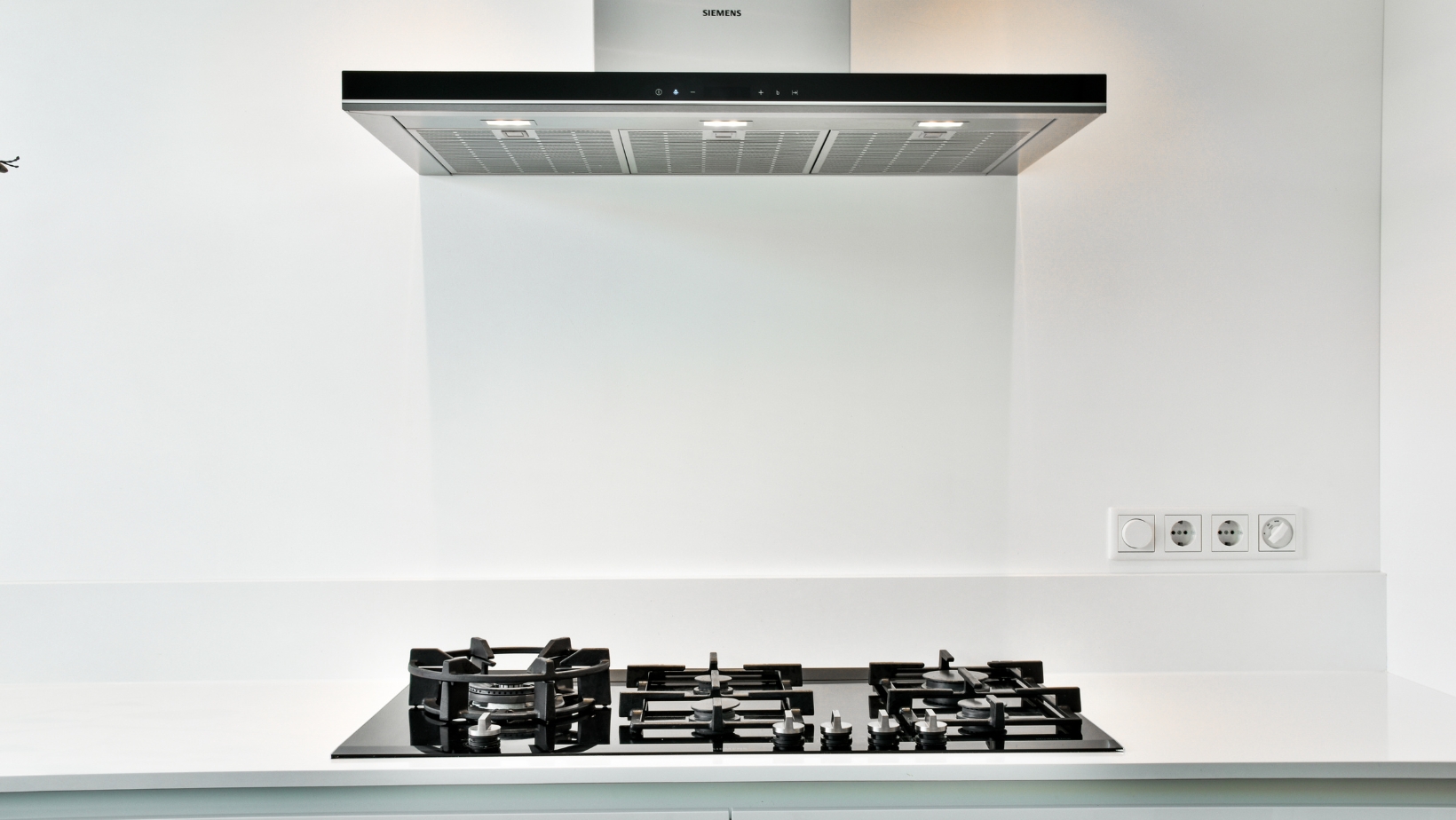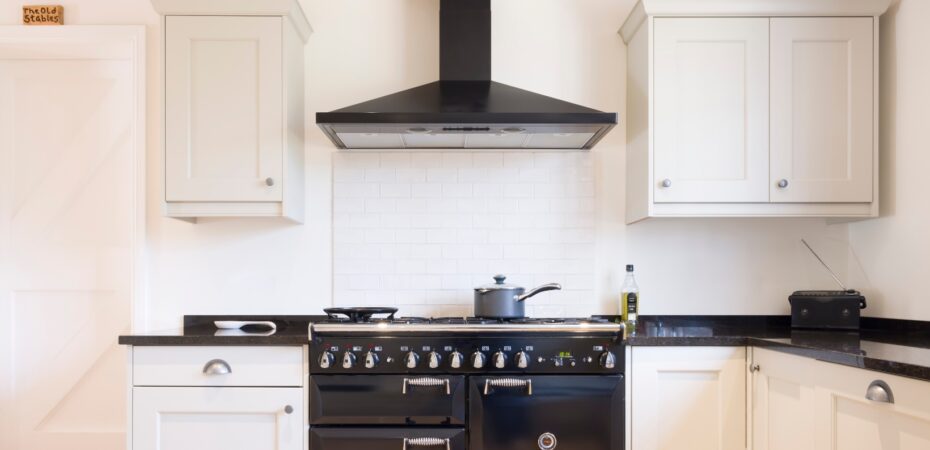When it comes to kitchen design, one important consideration is the distance between the hood and range. The hood, also known as the range hood or exhaust hood, plays a crucial role in removing smoke, odors, and grease from the cooking area. It acts as a ventilation system, ensuring a clean and healthy environment while cooking.
The distance between the hood and range can have an impact on its effectiveness. Ideally, there should be enough space for proper airflow and efficient smoke capture. A general guideline is to maintain a distance of at least 24 to 30 inches between the bottom of the hood and the cooktop surface.
Proper spacing allows the hood to effectively capture steam and fumes generated during cooking without obstructing your line of sight or causing any safety hazards. Additionally, it helps prevent heat damage to both the hood itself and any cabinets installed above it.
Distance Between Hood and Range
Factors to Consider for Hood and Range Distance
When it comes to determining the optimal distance between a hood and range, there are several important factors to take into consideration. These factors can help ensure proper ventilation, safety, and efficiency in your kitchen.
- Size of the Range: The size of your range plays a crucial role in determining the ideal distance from the hood. Larger ranges tend to generate more heat and smoke, requiring a greater distance for effective capture. Smaller ranges may allow for a slightly closer proximity to the hood.
- Cooking Habits: Your cooking habits also influence the distance between the hood and range. If you frequently cook dishes that produce heavy smoke or strong odors, it’s advisable to have a greater gap between them. On the other hand, if your cooking style tends to be lighter with minimal smoke production, a smaller distance might suffice.
- Hood Design and Power: Different hoods come with varying designs and power capacities. Some hoods are designed specifically for high-performance venting, while others may be more suitable for low-intensity cooking environments. Understanding your specific hood’s capabilities will help you determine how far it needs to be from the range.
Safety Guidelines for Hood and Range Placement
Ensuring safety in your kitchen should always be a top priority when deciding on the placement of your hood and range. Here are some important safety guidelines to keep in mind:
- Clearance Requirements: It is essential to adhere to clearance requirements provided by both the hood manufacturer and local building codes. These requirements typically specify minimum distances needed above the cooking surface or burners to prevent fire hazards.
- Ventilation System Installation: Proper installation of your ventilation system is crucial for its effectiveness as well as safety reasons. Make sure you consult with professionals who can install it correctly according to manufacturer specifications and local regulations.
- Fire Safety Measures: Installing a fire suppression system, such as a fire extinguisher or automatic fire suppression device, near your cooking area is highly recommended. These measures can provide an added layer of safety in case of any accidental fires.

Importance of Proper Air Ventilation in the Kitchen
Proper air ventilation in the kitchen is vital for maintaining good indoor air quality and preventing the buildup of harmful pollutants. Here are a few reasons why it’s important to ensure proper ventilation:
- Smoke and Odor Removal: Cooking activities can generate smoke, steam, and strong odors that can linger in your kitchen if not properly vented. A well-functioning hood placed at an appropriate distance from the range effectively captures and removes these irritants, keeping the air fresh and breathable.
- Heat Dissipation: Adequate ventilation helps dissipate excess heat generated by cooking appliances, preventing your kitchen from becoming uncomfortably hot. This not only enhances comfort but also reduces strain on other appliances in the vicinity.
- Preventing Indoor Air Pollution: Efficient ventilation systems help remove indoor air pollutants like carbon monoxide, volatile organic compounds (VOCs), and other potentially harmful substances released during cooking processes. By ensuring proper airflow, you can significantly reduce the risk of respiratory problems and maintain a healthier living environment.
Determining the optimal distance between a hood and range involves considering factors such as range size, cooking habits, hood design/power, following safety guidelines for placement clearance requirements and fire safety measures while understanding the importance of proper air ventilation for smoke removal, odor control, heat dissipation and prevention of indoor air pollution.


 By
By 



